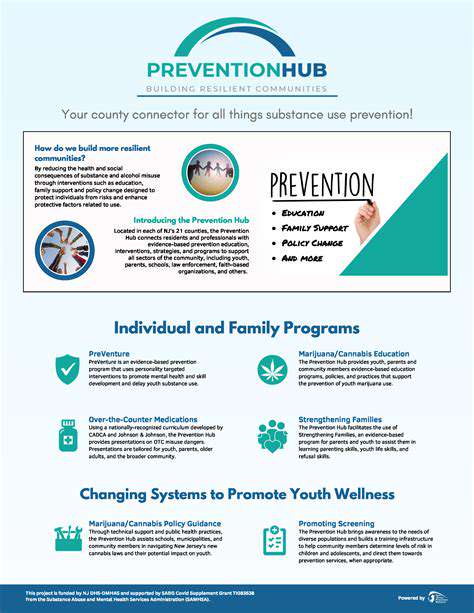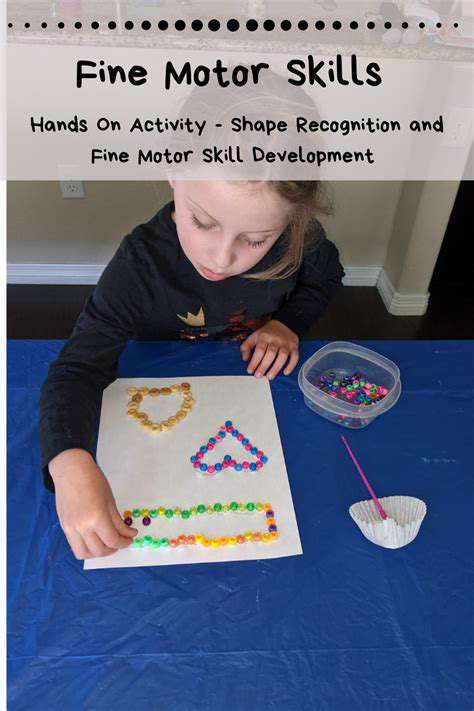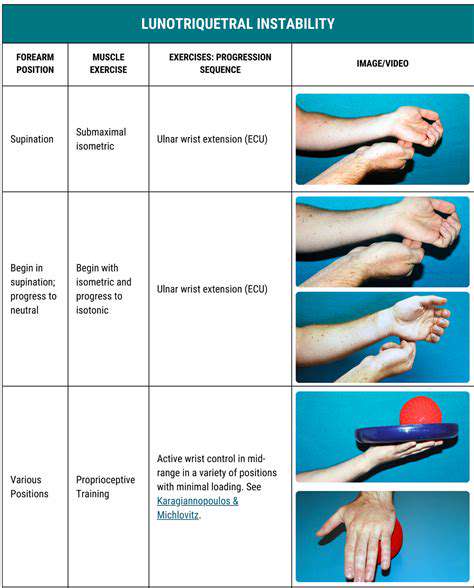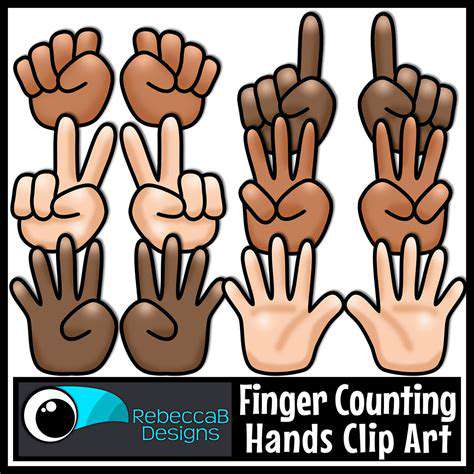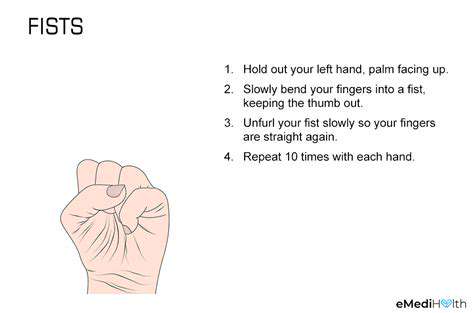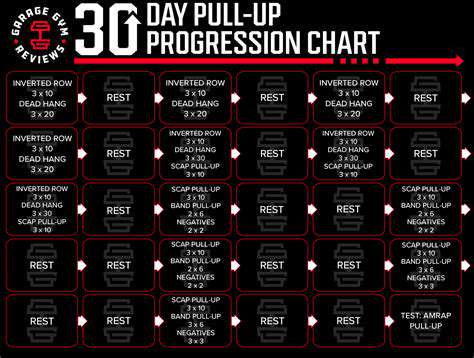Comprehensive Finger Mobility Exercise Routines
Introduction to Finger Mobility Exercises
Importance of Finger Mobility
Keeping your fingers nimble isn't just for pianists or surgeons - it's something we all need for everyday life. When fingers lose their flexibility, simple tasks like buttoning a shirt or typing become frustrating challenges. The joints in our hands are complex mechanisms that require regular movement to stay healthy. Without proper care, stiffness can set in, potentially leading to chronic discomfort or even conditions like arthritis.
Think of your fingers like the hinges on a door - if they aren't oiled and moved regularly, they'll start to creak and resist movement. That's why incorporating finger exercises into your routine is so valuable, especially if your work involves repetitive hand movements.
Benefits of Incorporating Exercises
The advantages of finger exercises go far beyond just preventing stiffness. Regular movement stimulates circulation, bringing fresh oxygen and nutrients to your hand tissues while flushing away waste products. This natural process helps maintain healthy tendons and can significantly reduce morning stiffness many people experience.
For those who spend hours typing or using smartphones, these exercises can be a game-changer. They help counteract the unnatural positions we often hold our hands in during these activities. Many physical therapists recommend them as preventive measures against common issues like trigger finger or early signs of carpal tunnel syndrome.
Warm-up Exercises for Finger Mobility
Just as runners stretch before a race, your hands need preparation before exercise. Start by gently massaging each finger from base to tip, then try spider walking your fingers up a wall. These simple movements increase synovial fluid production in your joints - nature's perfect lubricant.
Many musicians have secret warm-up routines they swear by. A violinist might roll a small ball between their palms, while a guitarist may practice silent finger taps on their thigh. The key is finding what works for your hands and making it a consistent habit.
Basic Finger Mobility Exercises
One surprisingly effective exercise comes from ancient practices - finger waves. Slowly ripple your fingers from pinky to index as if playing an invisible piano. Another simple but powerful movement is the finger fan - spread your fingers wide, then bring them together like closing a fan. These movements engage all the small intrinsic hand muscles that often get neglected.
Intermediate Finger Mobility Exercises
When basic exercises become easy, challenge yourself with finger isolation drills. Try lifting each finger individually while keeping others flat - you'll be surprised how difficult this can be! Another excellent progression is using therapy putty, which provides gentle resistance that strengthens without straining.
Advanced Finger Mobility Exercises
For those seeking real mastery, consider learning basic sign language or braille reading. These activities demand precise, independent finger control while being practical skills. Woodworkers and craftspeople often develop remarkable dexterity through their work - the constant manipulation of tools and materials creates natural finger conditioning.
Remember that progress happens gradually. What feels impossible today may become effortless with consistent practice over weeks and months. The goal isn't perfection, but maintaining functional, pain-free movement throughout your life.
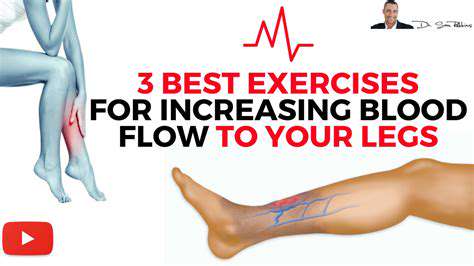
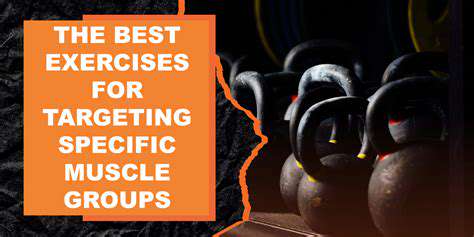
Improving Range of Motion and Flexibility
Improving Finger Strength and Coordination
Developing finger agility is similar to training for any other physical skill - it requires both strength and precision. Occupational therapists often compare finger muscles to the strings of a marionette - they need proper tension to work harmoniously. The most effective exercises combine controlled movements with mindful attention to how each finger feels during the motion.
An often-overlooked aspect is finger endurance. Just as runners train for distance, your fingers need conditioning for sustained activities. Try holding small objects between your fingertips for increasing durations - start with 10 seconds and work up to a minute. This builds the stamina needed for tasks like writing or crafting.
Targeting Specific Finger Movements
Each finger has unique movement capabilities. The pinky and ring finger often lack independence due to shared tendons - special exercises can help untangle their movements. Try placing your hand flat and lifting only the ring finger while keeping others down. It's challenging but rewarding when you see improvement.
For thumb mobility (crucial for grip strength), practice making wide circles with just the thumb tip. Imagine tracing the rim of a large glass. This movement maintains the important carpometacarpal joint's range of motion, which often stiffens with age or overuse.
Incorporating Flexibility and Stretching
Gentle stretching should feel like a pleasant release, never painful. A favorite among physical therapists is the prayer stretch - press your palms together at chest level, then slowly lower hands while keeping contact. You'll feel a satisfying stretch through the wrists and fingers.
Another beneficial stretch comes from yoga traditions - interlace your fingers and push your palms away from you, fingers pointing upward. Hold for 15-30 seconds while breathing deeply. This counteracts the forward hunch many develop from computer work.
Advanced Exercises for Prolonged Dexterity Training
Fingertip Taps and Flicks
Precision tapping drills can be surprisingly meditative. Try alternating between slow, deliberate taps and rapid bursts - this variation trains both control and speed. Drummers often use similar techniques to develop hand independence. For an extra challenge, try different rhythmic patterns or tap along to music.
Alternating Finger Stretches
When stretching, think of creating space between joints rather than forcing movement. A gentle technique involves using your opposite hand to guide each finger through its full range - like a physical therapist would do. This assisted stretching allows you to focus on proper alignment while avoiding overextension.
Finger-to-Thumb Touching Exercises
This classic exercise has many variations to keep it challenging. Try touching each fingertip to thumb in different sequences, or add resistance by placing a small rubber band around the fingers. Some musicians practice this while holding a small object in their palm to simulate real playing conditions.
Finger Interlacing and Opposition
The key to effective interlacing is maintaining proper finger alignment. Imagine your fingers as gears that need to mesh perfectly. Start with simple patterns and gradually create more complex sequences. Many physical rehabilitation programs use variations of this exercise to rebuild fine motor control after injuries.
Bimanual Coordination Exercises
Try the mirror game - perform different movements with each hand simultaneously, like tapping different rhythms. This trains your brain to process separate commands for each hand, a skill that translates to many real-world activities from cooking to playing sports.
Resistance Band Exercises
When using bands, focus on smooth, controlled movements rather than speed. The eccentric (releasing) phase is just as important as the contraction. Many athletes use this method to prevent overuse injuries while building balanced strength.
Finger-Specific Tool Manipulation
Start with simple tools like chopsticks or clothespins before progressing to more complex instruments. The goal is developing touch sensitivity - the ability to adjust pressure and position based on tactile feedback. Watch how a watchmaker or jeweler handles tools - their movements combine precision with economy of motion.
